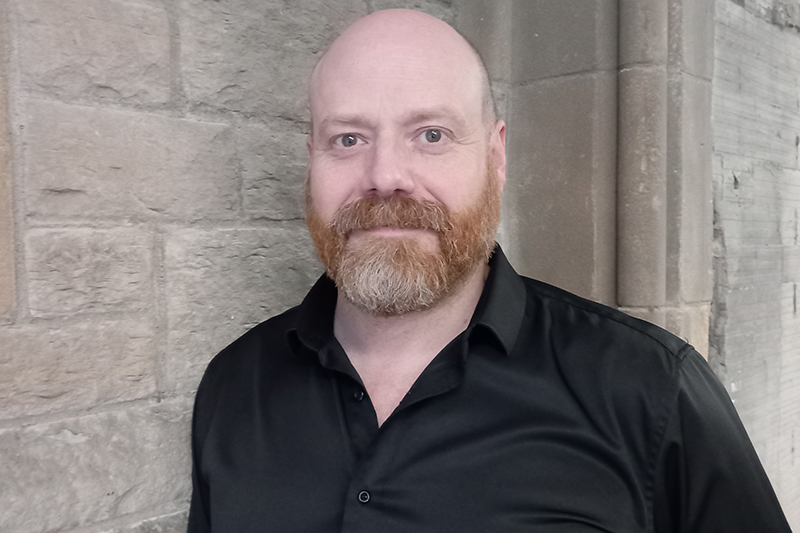
By Rob Bewick, senior construction safety consultant at Thomas & Adamson
In the construction industry, health and safety is most often thought about in terms of physical wellbeing such as personal protective equipment (PPE); items including high-vis outerwear, steel-capped boots, hard hats and safety goggles are expected as the bare minimum.
Yet, despite this, the industry still accounts for the majority of workplace fatalities and injuries in the UK. The most recent figures from the Health and Safety Executive (HSE) are telling: in 2023, 45 construction workers in the UK were killed while at work, which is more than double any other industry. The rates of self-reported workplace injuries are also especially high in construction, with 2,640 reports per 100,000 workers, second only to agriculture, forestry and fishing – three sectors combined.
It is worth bearing mind that construction sites are inherently higher-risk environments, and while that means accidents are more likely than many other sectors, it also means the industry has to comply with numerous regulations, standards, and reporting measures.
Nevertheless, whatever the context behind the numbers, the fact of the matter is that there are still too many people getting hurt who work in the construction sector, and, while physical health and safety has become ingrained on construction sites – from regular toolbox talks, incident management procedures – what is less talked about is mental health and, more specifically, how that contributes to injury prevention.
Tragically, workers in construction are four times more likely to die by taking their own life than in any other sector. Shocking statistics from the Office for National Statistics (ONS) showed that 507 people in the industry died by suicide in 2021 – that’s two people every day. Stress, depression and anxiety were also the reasons for almost a quarter of reports of ill-health across the sector between 2020/21 and 2022/23.
Construction work, like any job, comes with its own set of challenges and pressures, but these appear to be having a greater impact than ever before. Between challenging deadlines, unforeseen delays, the lack of flexible working and the risk of personal injury, it can be a particularly stressful working environment. Mental health now needs to be talked about as frequently as physical health.
If not managed properly, the impact of poor mental health among the workforce could have an equally negative impact on other aspects of health and safety. Most accidents come as a result of human error and a distracted, stressed-out employee is more likely to make mistakes that could, in the absolute worst of cases, cost someone else’s life. Forget absenteeism and productivity, this should by far be the greatest concern and biggest driver for improving staff wellbeing.
Employers have a duty of care to ensure the wellbeing of their workforce and colleagues, as do individuals, therefore it is imperative these issues do not just sit in written policies but are talked about during inductions, tool box talks and become part of daily health and safety management. Our role in providing Construction Safety Services is to ensure contractors are taking a holistic approach to health and safety management, including a focus on mental wellbeing alongside physical safety.
This may take the form of initiatives such as Employee Assistance Programmes and appointing Mental Health First Aiders, but equally important is giving people the opportunity to get any worries and concerns off their chest in a safe space, talking to someone they know who is there to listen.
There is no silver bullet to dealing with this aspect of health and safety and no PPE you can procure to protect workers’ mental health. In an industry still largely made up of male employees, that often have a ‘just get on with it’ attitude, finding the right ways to encourage people to open up and speak about mental health is not easy. However, if management starts to treat mental health as importantly as physical health and safety, it could be a big step toward improving the wellbeing – and physical safety – of everyone in the sector.










